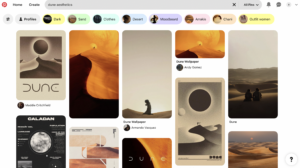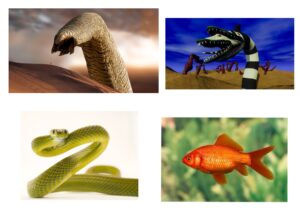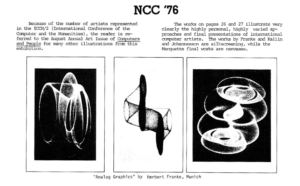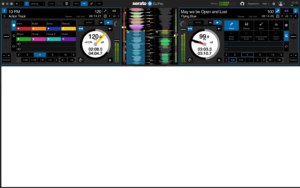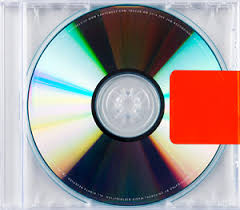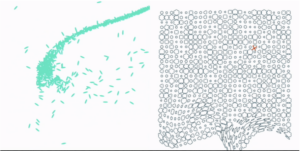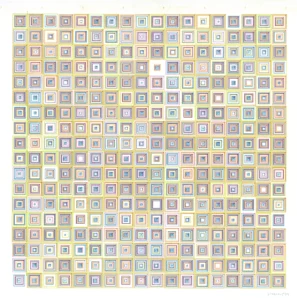Concept
When thinking about what kind of loops and patterns I would like to code for my assignment, I had my ideas brainstormed from floral patterns to portraits created using loops. But, I decided to choose a loop concept stylistically resembling the Dune movie. Since, the movie and its style is very diverse and highly aesthetic, I thought it would present a great room for experimentation (and also I am just a fan of the Dune sequel).
Looking through a Pinterest board, I’ve identified main elements that I would implement in my project, which was the sun and the desert. It was also important for me to work on the colors of the design.
Since, the coded image of the Dune universe was not as realistic as in the movie, I decided to add a pop art element of kind of vintage picture of the scene. So, I additionally added loop of the points.
What I’m Proud of
//desert imitation & animation
fill ('#ea941b')
stroke('#dd691e');
strokeWeight (1);
for(let x=25;x<=550; x += 100){
for (let y=190;y<=510; y += 15){
if(mouseIsPressed){
fill(238,159,28);
arc(x,y,50,15,PI,0)
}
else {
arc(x,y,50,15,0,PI);
}
}
}
for(let x=75;x<=550; x += 100){
for (let y=190;y<=510; y += 15){
if(mouseIsPressed){
fill(216,99,29);
arc(x,y,50,15,0,PI);
} else {
arc(x,y,50,15,PI,0)
}
}
}
I’ve been struggling a lot with how to visualize the dunes in the code. After experimenting with the arcs, I switched from noFill arcs to filled ones, cause they looked more on point in the visuals. Moreover, I wanted to animate the arcs, so I used conditionals to create some difference in the forms and image of moving dunes in the desert. I feel like I could accomplish my vision, even though it took a lot of trials.
Sketch
Reflection
In the future development of this project, I would like to work more on the image of the dunes, to make them more realistic and appealing (so it would be easier to recognize theme of the Dune). I think this could be accomplished through Bezier curves or experimenting with another forms of arcs. Moreover, I would work on interactivity of the project, since even though it is now interactive in some way, I would like to focus specifically on resemblance of the desert environment, such as wind moving the sand or just the sunrise and the sunset. In addition, I think color scheme could be improved, by adding more gradients.

